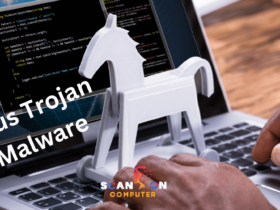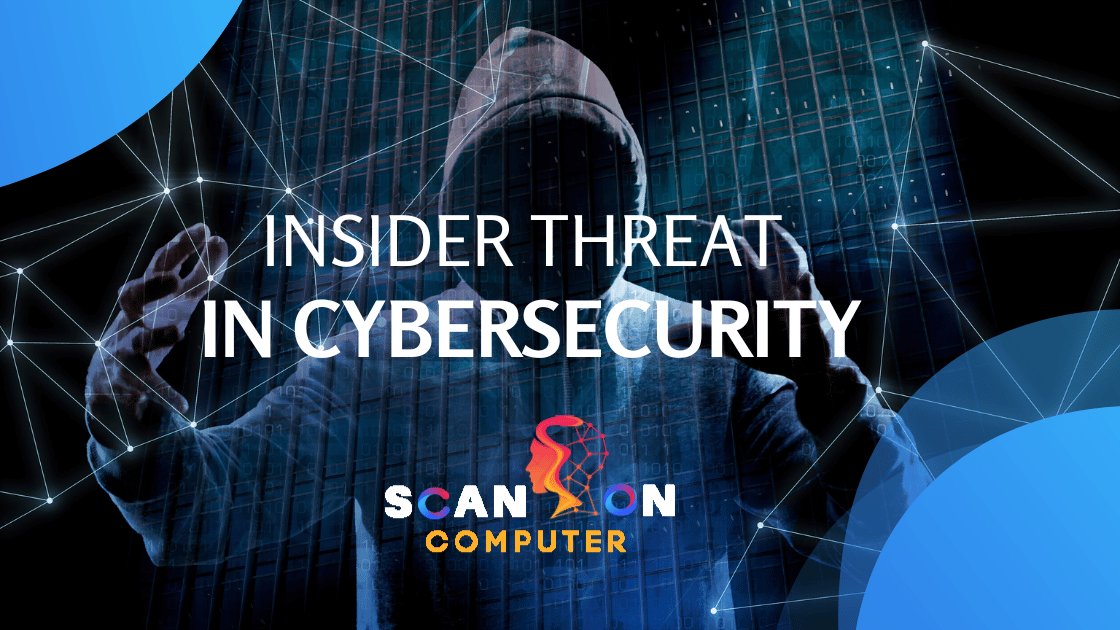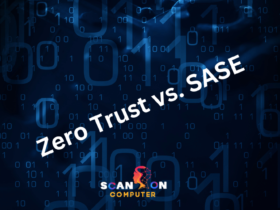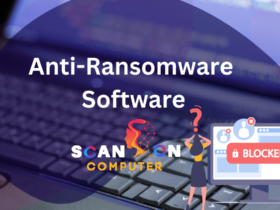Have you ever considered that your organization’s biggest cybersecurity risk may come from inside your own network? While external cyberattacks grab headlines, insider threats often go undetected until significant damage is done. Unlike brute-force hackers exploiting software weaknesses, insiders operate with legitimate access—posing unique challenges for detection and prevention.
In this detailed guide, tailored for security professionals, executives, and industry leaders, explore what insider threats are, their motivations, how to detect and counter them effectively, and how to build a resilient security posture to mitigate internal risks.
Defining Insider Threats in Cybersecurity
An insider threat refers to the risk posed by individuals with authorized access who misuse that access—intentionally or unintentionally—to harm the organization’s systems, data, or operations. These insiders might be employees, contractors, partners, or vendors with knowledge and access privileges that can be exploited for data breaches, sabotage, or unauthorized disclosure.
Unlike external hackers who try to break in, insiders “log in” through legitimate channels, making their malicious activities harder to spot until damage—such as intellectual property theft, sensitive data leakage, or operational disruptions—has already occurred.
Studies show many organizations invest heavily in external threat blocking, yet often underestimate or overlook internal risks, leaving a costly security gap.
Types of Insider Threats
1. Malicious Insiders
These insiders purposefully harm an organization, motivated by financial gain, revenge, ideology, or coercion. They might steal data to sell on darknet markets, sabotage systems, extort money, or leak sensitive information to competitors.
Lone Wolves
A particularly dangerous subset, lone wolves act independently with malicious intent. They leverage their deep systems knowledge and may collaborate remotely with external threat actors. Fortunately, monitoring tools—tracking logs across VPN, endpoint, and user activity—can expose their suspicious behaviors over time.
2. Negligent Insiders
Negligent insiders unintentionally cause harm through mistakes or lack of cybersecurity awareness. Examples include clicking phishing links, misconfiguring systems, or mishandling sensitive data.
3. Compromised Insiders
External attackers who gain access by stealing or compromising legitimate credentials fall into this category. They operate with authorized privileges but intend harm.
4. Collusive Insiders
Insiders working with external actors to facilitate attacks. These collusive threats can steal intellectual property or cause system disruption, combining inside knowledge with outside malicious infrastructure.
Characteristics of Insider Threat Actors
-
Malicious insiders may demonstrate Machiavellian, narcissistic, or psychopathic traits, seeking personal gain at the company’s expense.
-
Negligent insiders often ignore security policies or unintentionally expose vulnerabilities.
-
Insiders typically have comprehensive knowledge of security controls, internal procedures, and data assets.
-
They exploit legitimate access, do not necessarily leave obvious evidence, and blend into routine operations.
-
Insider motivation ranges across financial gain, revenge, dissatisfaction, boredom, or a personal agenda.
Why Insider Threats Are Challenging to Detect
-
Use of legitimate credentials makes insider actions indistinguishable from benign behavior.
-
Insider knowledge of internal systems helps evade detection or disable monitoring tools.
-
Actions may be gradual, low-volume, “low and slow” attacks that fly under thresholds or baselines.
-
Manual deletion or tampering of logs obscures forensic trails.
-
Traditional perimeter-focused security and many automated tools lack sophistication for insider behavior analysis.
Real-World Insider Threat Examples
-
A former employee stole patient records on a USB drive soon after termination, causing reputational and financial harm due to remediation costs and lost clientele.
-
An employee negligently installed unapproved software that introduced malware into the network.
-
A collusive insider coordinated with external hackers to exfiltrate trade secrets over several months.
Detecting Insider Threats: Techniques and Tools
User Activity Monitoring
Continuous logging and session recording provide detailed visibility into user actions, enabling detection of abnormal activities such as unauthorized data access or privilege escalation attempts.
User and Entity Behavior Analytics (UEBA)
AI-powered UEBA establishes behavioral baselines to spot deviations—like unusual login times, increased download volumes, or accessing unrelated data.
Privileged Access Management (PAM)
Controls and monitors administrative privileged accounts to detect misuse or privilege escalation attempts.
Security Information and Event Management (SIEM)
Aggregates logs and security events from multiple tools, correlated with threat intelligence and automated alerting.
Deception Technologies
Deploy honeypots and decoy credentials within sensitive areas to lure insiders and detect unauthorized exploration or data staging early.
Insider Threat Programs
Dedicated frameworks combining behavioral analytics, access controls, policy enforcement, and employee engagement facilitate comprehensive detection and response.
Risk Mitigation Strategies
-
Least Privilege Access: Grant minimal necessary privileges and revise frequently.
-
Strong Authentication and MFA: Mitigate credential compromise risks.
-
Employee Training: Raise awareness of phishing, social engineering, and proper data handling.
-
Robust Offboarding: Ensure timely revocation of access upon role change or termination.
-
Incident Response Plans: Define clear procedures and responsibilities for investigation, containment, and recovery.
-
Mental Health and Employee Support Programs: Address disgruntlement and hostile insider motivations early.
Organizing an Insider Threat Prevention Program
-
Assessment: Identify valuable data, user roles, and access points.
-
Policy Development: Establish clear security policies, acceptable use, and consequences.
-
Technology Deployment: Use behavioral analytics, DLP, PAM, and deception tools.
-
Training and Awareness: Provide regular and relevant cybersecurity education.
-
Cross-Functional Collaboration: Align security, HR, legal, and operations teams.
-
Continuous Improvement: Regularly assess program effectiveness and adapt to new threats.
Frequently Asked Questions
Q1. What differentiates insider threats from external threats?
Insider threats involve authorized individuals misusing their access, often with detailed knowledge of internal defenses, unlike external hackers who try to breach from outside.
Q2. How do negligent insiders pose a threat?
Through carelessness, poor security practices, or lack of awareness, they inadvertently create openings exploited by attackers or cause data loss.
Q3. Can insider threats be completely prevented?
While elimination is unlikely, risk can be minimized through layered controls, monitoring, training, and response programs.
Q4. What are key technical tools for detecting insider threats?
User behavior analytics (UEBA), privileged access management, SIEM, real-time monitoring, and deception technologies are essential.
Q5. How do emotional and psychological factors influence insider threats?
Disgruntlement, financial pressure, personal grievances, or mental health issues can motivate malicious insider actions.
Q6. How effective is training in reducing insider risks?
Training raises awareness and promotes security-conscious behavior, significantly reducing negligent insider incidents.
Q7. Are third-party vendors considered insider threats?
Yes, anyone with legitimate network access including contractors and partners can pose insider threats.
Q8. How can organizations handle insider threat investigations?
Combine technological evidence (logs, behavioral data) with HR/legal procedures while maintaining confidentiality and minimizing disruption.
Conclusion and Call to Action
Insider threats remain one of the most complex and costly cybersecurity challenges because of their nature—trusted users exploiting their access. The solution lies in combining people, processes, and technology: robust access controls, continuous monitoring with AI-augmented analytics, employee education, and a culture of security awareness.
If your organization is not actively managing insider threats, you risk severe financial loss, compliance failures, and damage to your reputation. Start today by assessing insider risks, implementing detection tools, and fostering a proactive insider threat program. Protect your digital assets from the threat inside.













Leave a Reply
View Comments